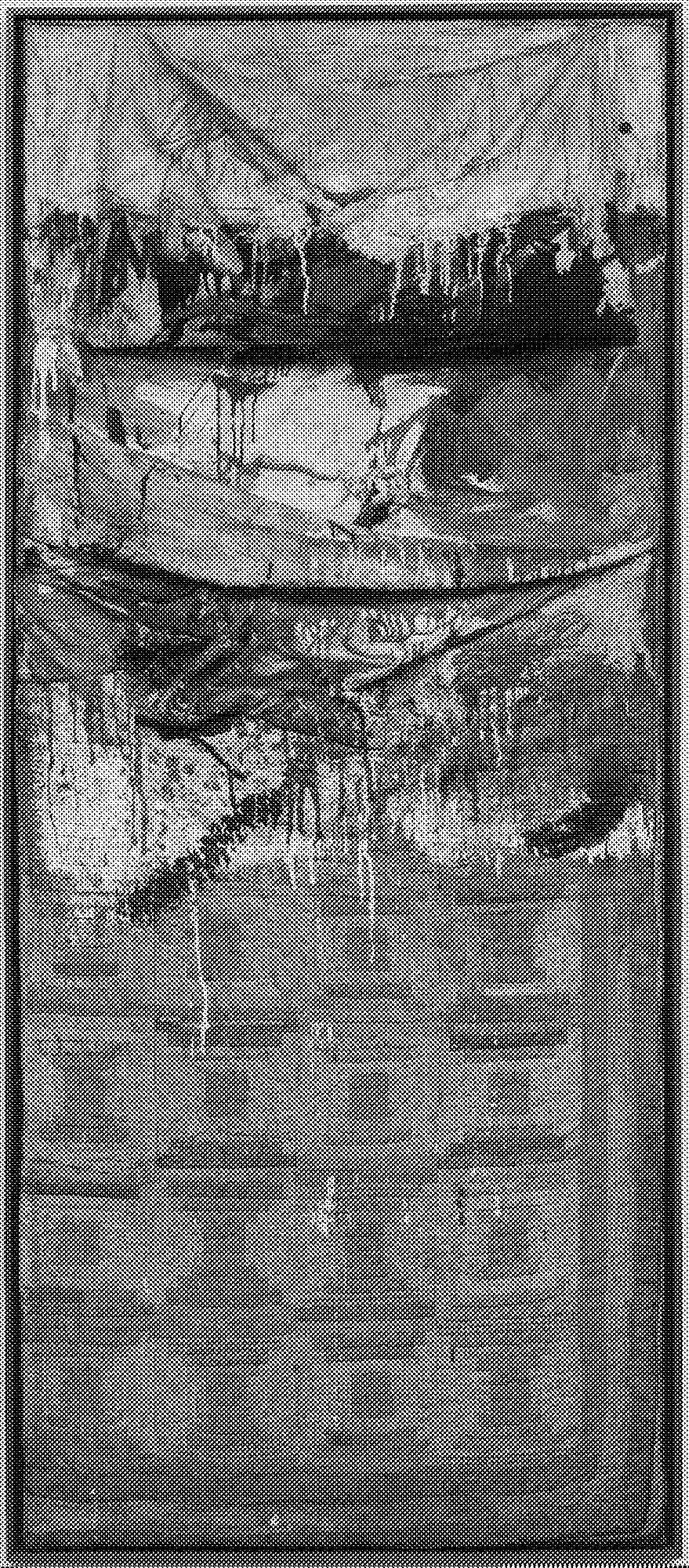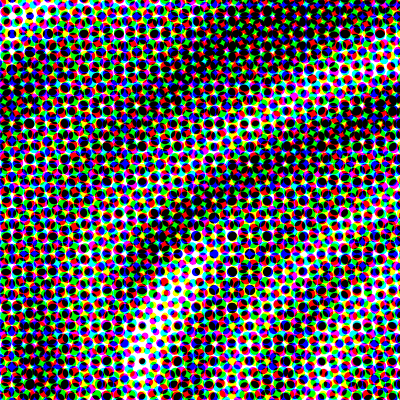
Material Material
Move, Click and Drag your Mouse.
Your creation above is unique in that the computing processes behind its materialization mix with human involvement. The material, i.e the coding and pixels can be likened to a brush and paint. But technology allows the brush to work with or against the creator.
Much of Modern art seeks, not to conceal the splattered quality of paint or the roughness of clay, but to embrace the media’s properties. The tools, processes and materials used to create an artwork are just as significant to the art object as the visual result and concept. Rauschenberg’s bed , a notorious work of irony, is not only a representation of a bed, but also a real bed, by virtue of the real sheets used. Motherwell, Rothko, Pollock and others of the same ilk, produced works that desired to exploit and draw attention to the plasticity of the paint upon a canvas. The result is art that wouldn’t be conceivable outside of the material itself. The aesthetic product is reliant on what is used to create it.
, a notorious work of irony, is not only a representation of a bed, but also a real bed, by virtue of the real sheets used. Motherwell, Rothko, Pollock and others of the same ilk, produced works that desired to exploit and draw attention to the plasticity of the paint upon a canvas. The result is art that wouldn’t be conceivable outside of the material itself. The aesthetic product is reliant on what is used to create it.
In the same way, digital screens are composed of millions of Red, Green, and Blue lights which coordinate to produce the illusion of image. In print the same is accomplished by dots of Cyan, Magenta, Yellow and Black. How the ink is applied or the sequence by which the pixels are activated, yields visual results that were once not only impossible to create, but would have exceeded a person’s imaginative bounds prior to the advent of printing apparatuses or computers. While these reproduction methods have their limitations, these limitations promote new ideas and new styles.
But the old is still valued. New media creators repurpose the old and old media artists recreate the new. Why not paint pixels or the benday dots of a comic book? Or why not use the pixels of a screen to reproduce the scrawl of a charcoal mark? The options become endless.
dots of a comic book? Or why not use the pixels of a screen to reproduce the scrawl of a charcoal mark? The options become endless.